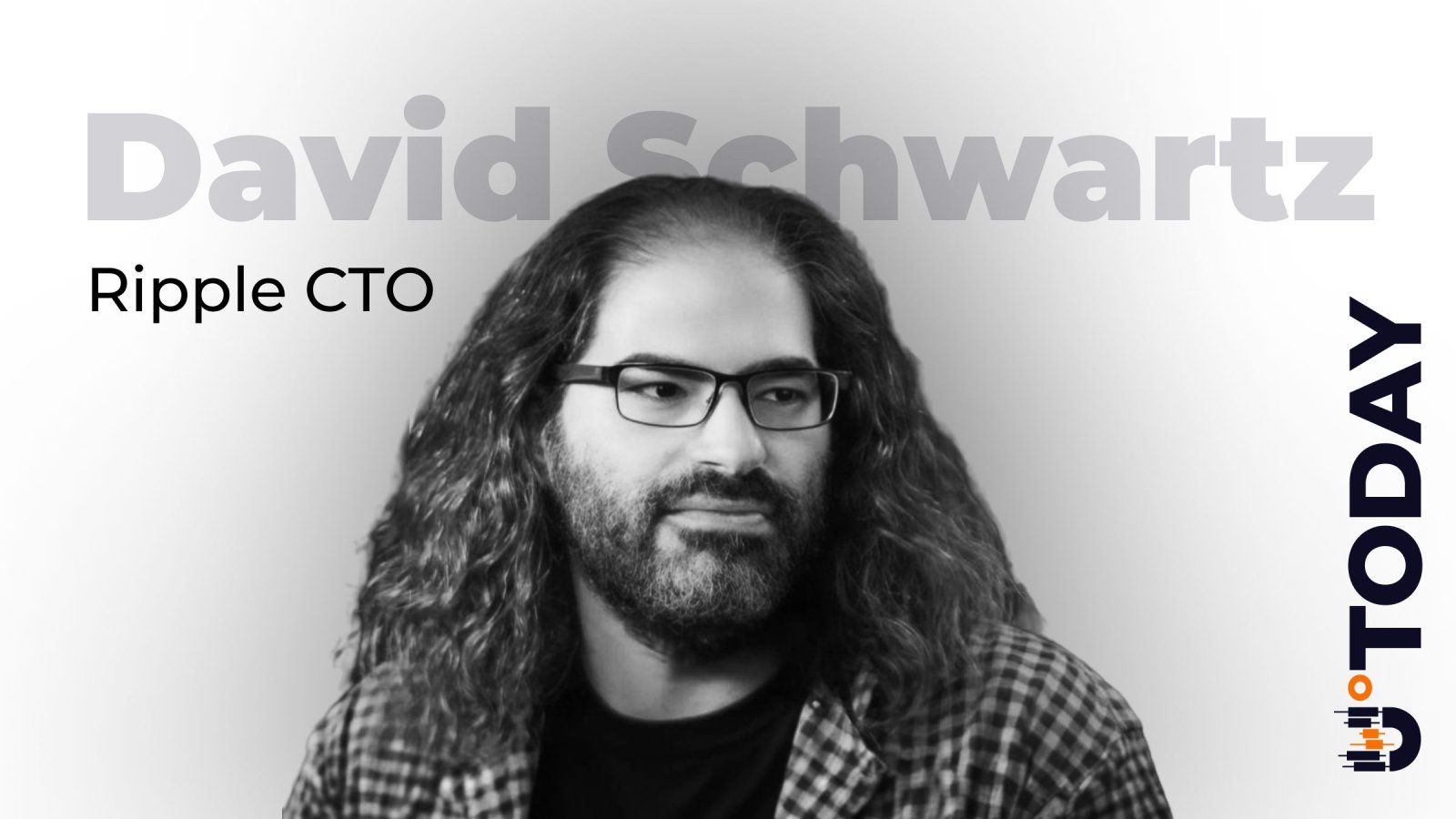
Shytoshi Kusama, Shiba Inu lead ambassador, recently updated his X bio location to Oslo, Norway, after a series of cryptic changes, sparking community speculation about upcoming ecosystem developments as 2025
CoinOtag
You can visit the page to read the article.
Source: CoinOtag
Disclaimer: The opinion expressed here is not investment advice – it is provided for informational purposes only. It does not necessarily reflect the opinion of BitMaden. Every investment and all trading involves risk, so you should always perform your own research prior to making decisions. We do not recommend investing money you cannot afford to lose.
Ripple CTO Debunks Compulsory Use of DeFi Compliance Features

Ripple CTO shares major take on DeFi and compliance integration in growing Crypto X debate. CoinOtag

Revolutionary: Inception’s $50M Breakthrough in Diffusion Models Transforms Code and Text Generation
BitcoinWorld Revolutionary: Inception’s $50M Breakthrough in Diffusion Models Transforms Code and Text Generation Imagine generating complex code and text at speeds previously thought impossible – that’s the groundbreaking promise behind Inception’s recent $50 million seed funding round. This AI startup is challenging the status quo with diffusion models that could revolutionize how developers and businesses approach text and code generation. What Makes Diffusion Models Different? Traditional AI models for text generation use autoregressive approaches, predicting each word sequentially like GPT-5 and Gemini. Inception’s diffusion models take a completely different path, working through iterative refinement that processes information holistically rather than word-by-word. The $50 Million AI Startup Funding That Changes Everything Menlo Ventures led this massive seed round with participation from industry giants including: Mayfield and Innovation Endeavors Nvidia’s NVentures Microsoft’s M12 fund Snowflake Ventures and Databricks Investment Angel investors Andrew Ng and Andrej Karpathy Why Diffusion Models Excel in Code Generation Stefano Ermon, Stanford professor and Inception’s leader, explains that diffusion-based LLMs achieve remarkable efficiency gains in two critical areas: Metric Diffusion Models Traditional Models Latency Over 1,000 tokens/second Significantly slower Compute Cost Much lower Higher resource demands Parallel Processing Built for simultaneous operations Sequential execution The Technical Advantage in AI Efficiency Where autoregressive models must execute operations one after another, diffusion models can process multiple operations simultaneously. This parallel architecture enables significantly lower latency in complex tasks like analyzing large codebases or generating extensive text documents. Real-World Applications and Integration Inception’s Mercury model has already been integrated into development tools including ProxyAI, Buildglare, and Kilo Code. The company’s approach demonstrates how diffusion models can handle large-scale text processing while managing data constraints more effectively than traditional methods. FAQs About Inception and Diffusion Models What companies are backing Inception? The funding round includes Menlo Ventures , Nvidia ‘s NVentures, Microsoft ‘s M12 fund, and angel investors Andrew Ng and Andrej Karpathy . Who leads the Inception project? Stefano Ermon , a Stanford professor specializing in diffusion models, leads the initiative. How do diffusion models compare to autoregressive models? Diffusion models use iterative refinement while autoregressive models work sequentially, making diffusion approaches faster and more efficient for certain tasks. What is the Mercury model? Mercury is Inception’s diffusion model specifically designed for software development, already integrated into multiple development tools. Why are diffusion models better for hardware utilization? Their parallel processing capability allows simultaneous operations, unlike the sequential nature of autoregressive models. Inception’s $50 million funding represents a seismic shift in AI development, proving that innovation in fundamental model architectures can deliver dramatic improvements in speed and efficiency. As diffusion models challenge the dominance of autoregressive approaches, we’re witnessing the beginning of a new era in AI capabilities that could transform how businesses and developers interact with artificial intelligence. To learn more about the latest AI market trends, explore our article on key developments shaping AI models and institutional adoption. This post Revolutionary: Inception’s $50M Breakthrough in Diffusion Models Transforms Code and Text Generation first appeared on BitcoinWorld . CoinOtag











